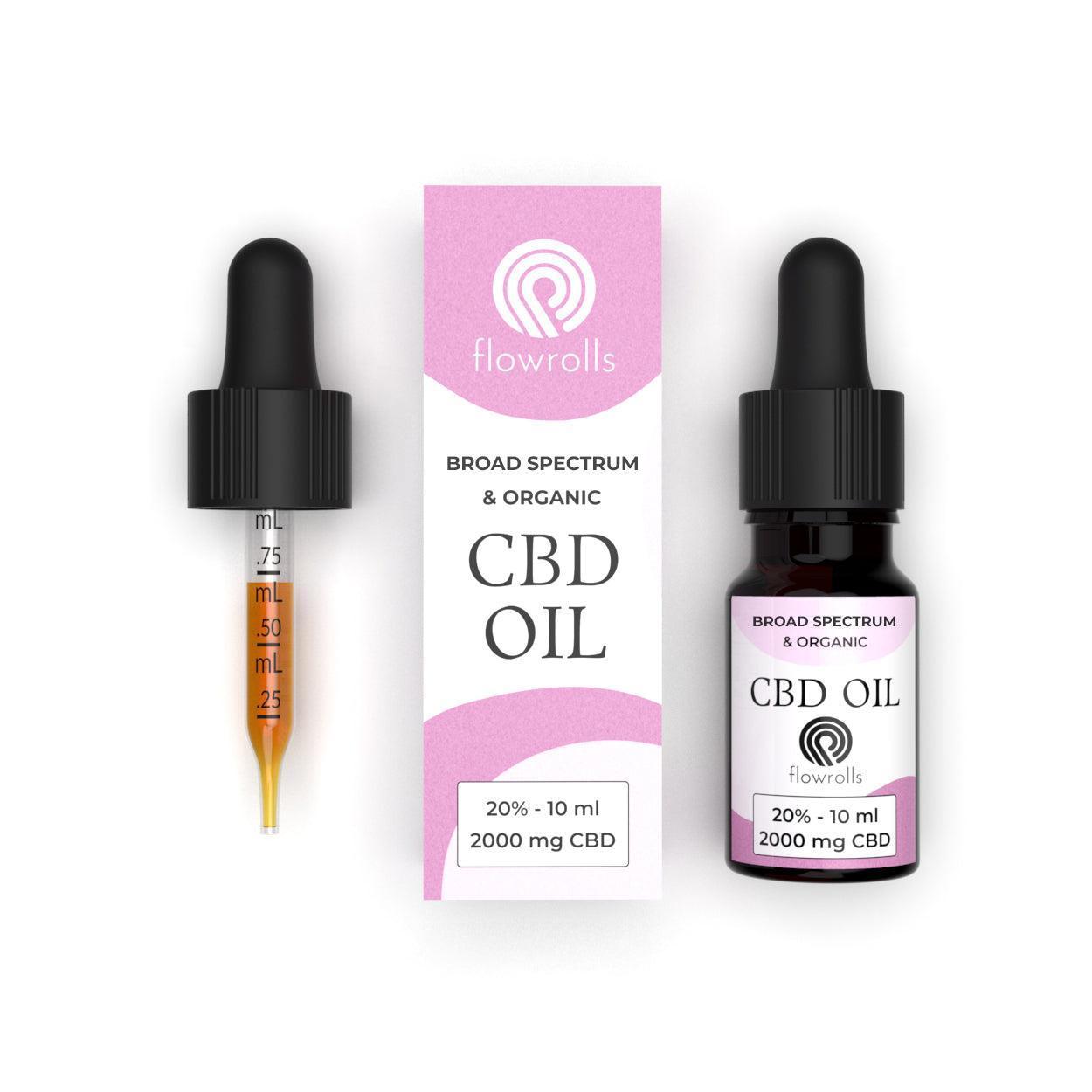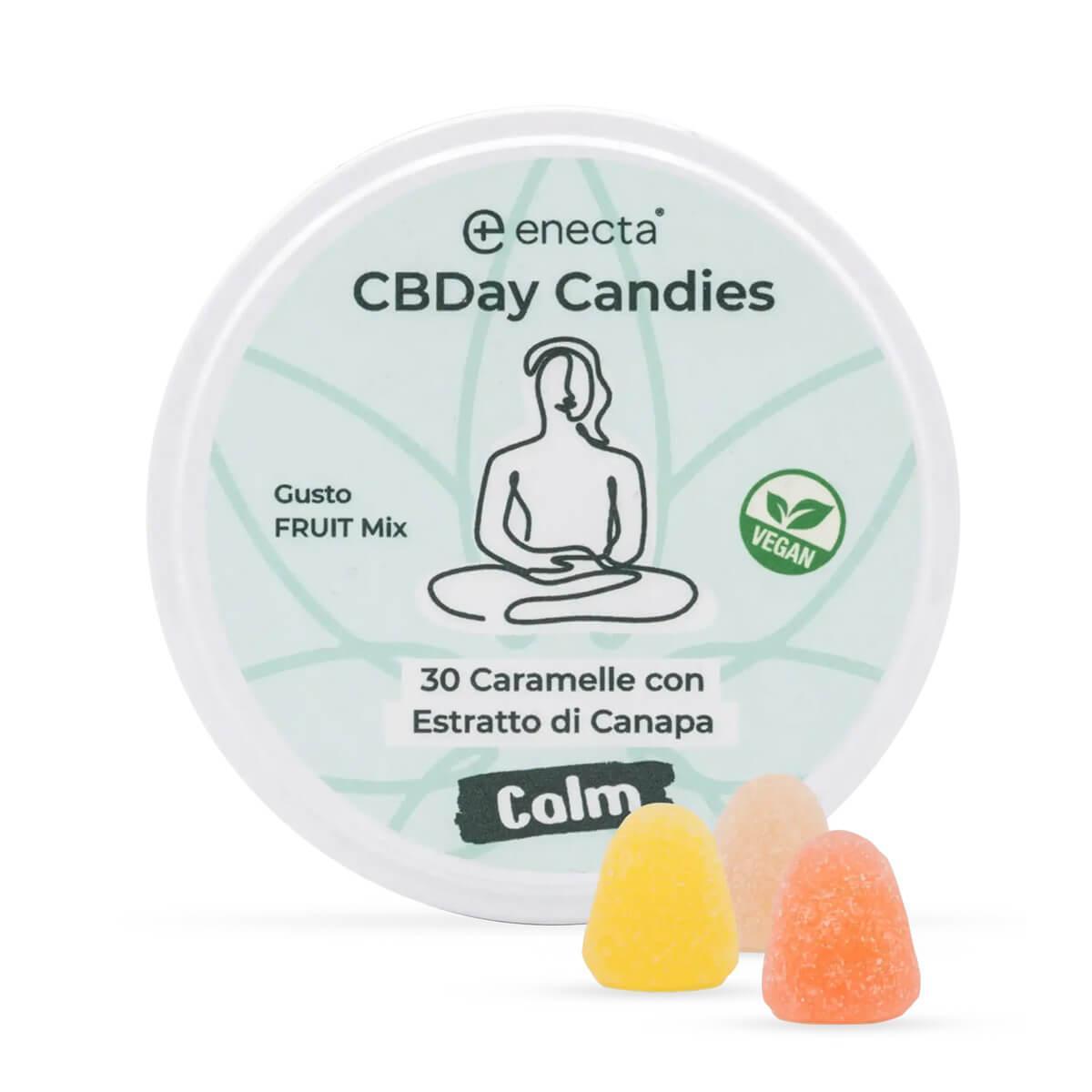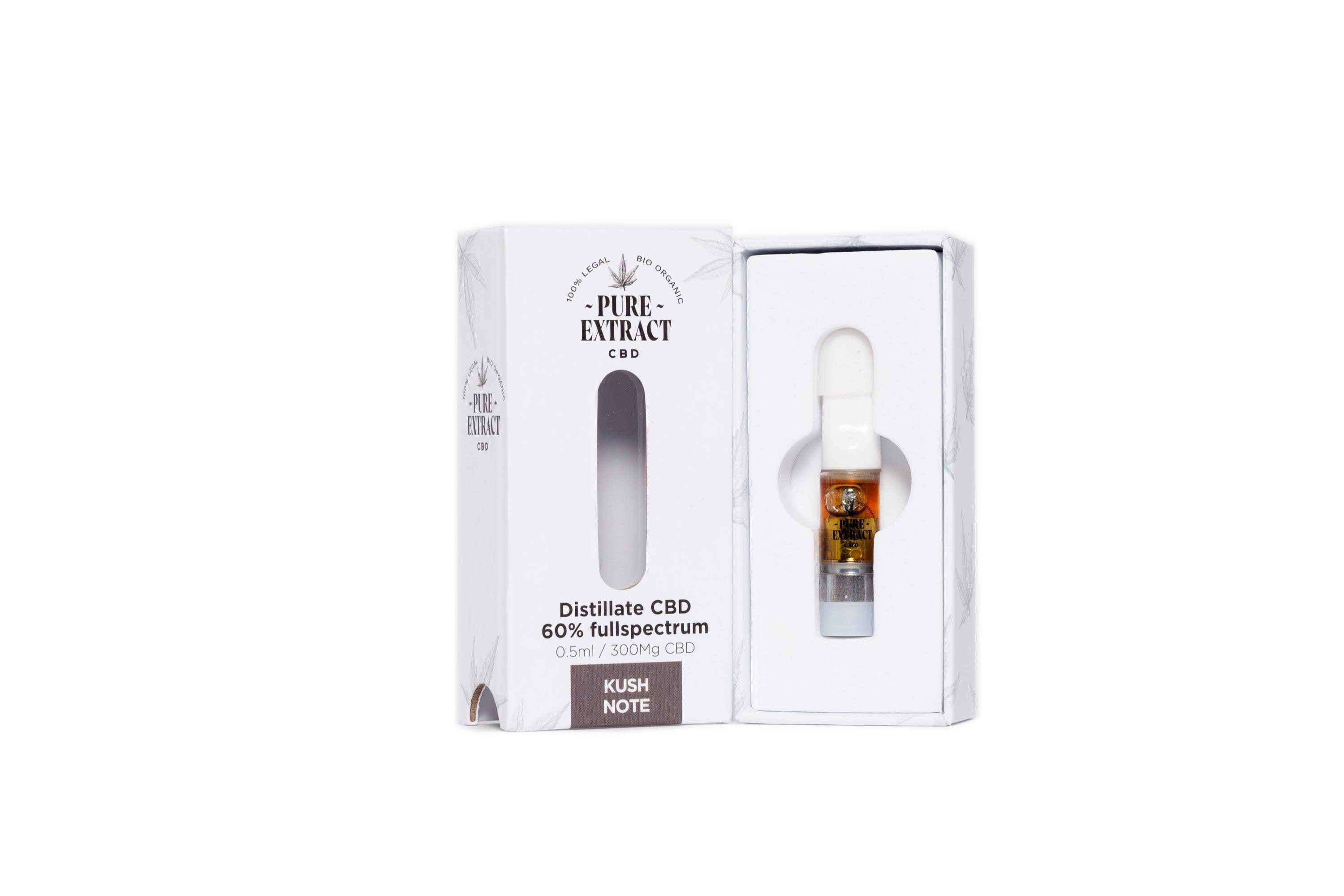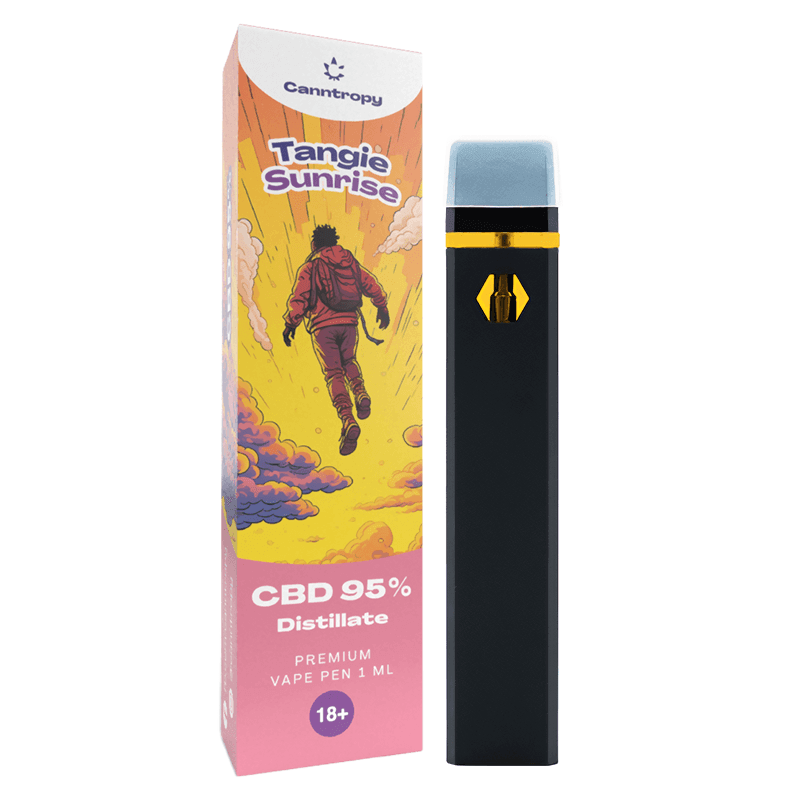As cannabis becomes increasingly mainstream, so too has the evolution of how we consume it. What began with simple, analog tools like pipes and rolling papers has now transformed into a sophisticated ecosystem of smart devices designed to enhance the cannabis experience. In this blog post, we’ll take an in-depth look at the technological evolution of cannabis consumption devices, explore the innovations that have shaped the industry, and speculate on what the future may hold.
The Early Days: Pipes, Bongs, and Rolling Papers
Cannabis consumption has ancient roots, with the earliest evidence of use dating back thousands of years. Traditional methods like pipes, bongs, and rolling papers have been staples in cannabis culture for centuries. These tools, while effective, offer little in the way of precision or control. For many users, the ritual of rolling a joint or packing a bowl is an integral part of the cannabis experience, but it lacks the technological sophistication that today’s consumers are beginning to expect.
Pipes and bongs, made from materials like glass, metal, and wood, offered a relatively straightforward way to consume cannabis. These analog devices rely on direct combustion, which, while efficient in delivering cannabinoids, also produces potentially harmful byproducts like tar and carcinogens. The introduction of water filtration in bongs was one of the first attempts to improve the experience, cooling and filtering the smoke to make it less harsh on the lungs.
The Vaporization Revolution: A Healthier Alternative
The next major leap in cannabis consumption came with the advent of vaporizers. Vaporization represents a significant improvement over traditional combustion methods, offering a cleaner and potentially healthier way to consume cannabis. By heating cannabis to a temperature just below combustion, vaporizers release cannabinoids and terpenes in the form of vapor, minimizing the intake of harmful byproducts.
Early vaporizers were rudimentary, often bulky, and not particularly user-friendly. However, as technology advanced, so did the design and functionality of vaporizers. Portable vaporizers, like the Volcano, introduced in the early 2000s, brought convenience and precision to the market. These devices allowed users to control the temperature, offering a customizable experience that could enhance the flavors and effects of different cannabis strains.
Enter the Smart Era: Connected and Controlled Consumption
The introduction of smart technology has further revolutionized the way we consume cannabis. Today’s smart vaporizers are equipped with Bluetooth connectivity, app integration, and advanced temperature control, allowing for an unprecedented level of customization and control. Devices like the PAX and the DaVinci IQ2 offer users the ability to fine-tune their sessions, track their usage, and even access strain-specific recommendations.
Smart vaporizers are also leading the charge in making cannabis consumption more discreet and socially acceptable. With sleek, modern designs, these devices often resemble everyday tech gadgets more than traditional smoking apparatuses. They offer features like haptic feedback, automatic shutoff, and session tracking, making the experience not only more enjoyable but also more responsible.
One of the most exciting developments in this space is the integration of AI and machine learning. Some smart devices now use data to optimize the user experience, learning from individual preferences to suggest ideal temperature settings, dosage, and even timing for sessions. This level of personalization is paving the way for a more tailored approach to cannabis consumption, potentially leading to better outcomes for both recreational and medical users.
The Future of Cannabis Consumption Devices: What’s Next?
As the cannabis industry continues to grow and evolve, so too will the technology that supports it. The future of cannabis consumption devices is likely to be shaped by further advancements in AI, machine learning, and biometrics. Imagine a vaporizer that not only tracks your usage but also monitors your physiological responses, adjusting settings in real-time to deliver the perfect dose.
Nanotechnology could also play a role in the next wave of innovations. Researchers are already exploring the use of nanotechnology to create more efficient and effective delivery methods, potentially leading to faster onset times and more consistent effects. This could revolutionize not just the devices we use, but also the cannabis products themselves.
Another exciting area of development is in the realm of augmented reality (AR) and virtual reality (VR). As these technologies become more accessible, they could be integrated into cannabis consumption devices to offer immersive experiences that enhance the psychoactive effects of cannabis. Picture a smart vaporizer that syncs with a VR headset, transporting you to a tranquil, virtual landscape while you enjoy your session.
Finally, sustainability is likely to be a key focus in the future of cannabis consumption technology. As consumers become more environmentally conscious, we can expect to see innovations aimed at reducing waste and energy consumption. Solar-powered devices, recyclable cartridges, and biodegradable materials could become the norm, making cannabis consumption not only smarter but also greener.
Conclusion: A Bright Future for Cannabis Consumption Technology
The evolution of cannabis consumption devices from simple pipes to sophisticated smart vaporizers reflects the broader technological advancements of our time. As the cannabis industry continues to mature, we can expect even more exciting innovations on the horizon. Whether you’re a recreational user or a medical patient, the future of cannabis consumption promises to offer safer, more efficient, and more personalized experiences. With technology leading the way, the possibilities are virtually limitless.

















